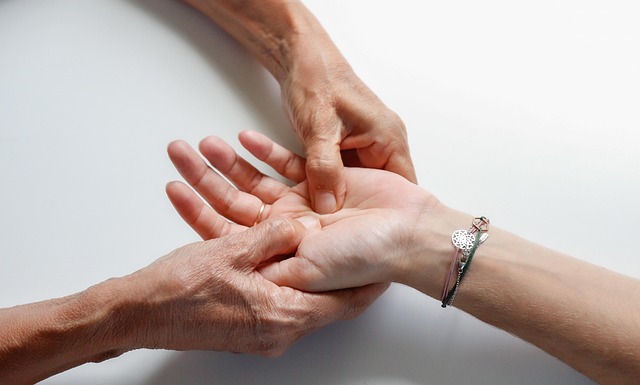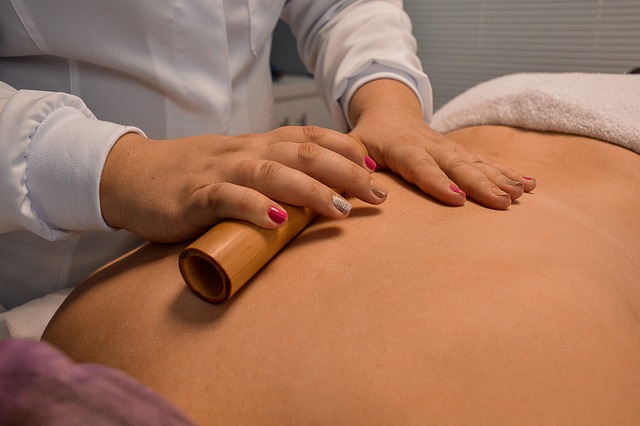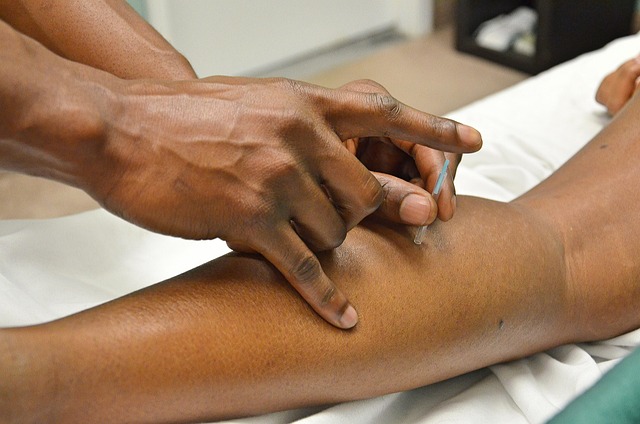Skin tags caused by friction can be removed surgically, at home, or with professional help in Bradford. Pre-removal prep includes gentle exfoliation and observing tag changes. Surgical removal is a meticulous process involving consultation, anesthesia, cutting/burning tags, and aftercare for best results. DIY methods require proper cleaning, hygiene, and follow-up care to prevent complications. Professional treatments offer safer, more permanent solutions like the surgical skin tag removal technique.
Want to get rid of unsightly skin tags at home? This comprehensive guide offers a safe, step-by-step approach to removing skin tags using a simple surgical method. We’ll first demystify skin tags—their causes and types—so you understand your skin better. Then, we’ll walk you through the preparation process and provide a detailed surgical removal technique. Finally, learn effective aftercare tips and preventive measures for successful, long-lasting results without professional intervention.
- Understanding Skin Tags: Causes and Types
- Prepare Your Skin for Removal at Home
- Surgical Skin Tag Removal Technique Step-by-Step
- Aftercare and Prevention Tips for Successful Results
Understanding Skin Tags: Causes and Types

Skin tags are small, soft growths that typically appear on the neck, armpits, or groin areas. They are harmless but can be a nuisance due to their appearance and location. Understanding what causes them is the first step in deciding how to address them. Skin tags develop when the skin rubs against itself or clothing, creating friction that stimulates cell growth. This process leads to the formation of collagen and keratins, resulting in the small, soft tags we often see.
There are various types, including acrochordons, which are the most common, and cheratinomas. Surgical skin tag removal techniques, while effective, are not always necessary as many people prefer home remedies or non-invasive methods. For those considering a more permanent solution, consulting with a healthcare professional is crucial to understanding the best practices for caring for the skin after surgery and ensuring a safe, successful procedure, especially in areas like Bradford where specialized services might be available.
Prepare Your Skin for Removal at Home

Before attempting any at-home skin tag removal, preparing your skin is a crucial step. This involves thoroughly cleansing the affected area with mild soap and warm water to ensure there’s no buildup of dirt or oil. Exfoliating gently can also help remove dead skin cells, making tags easier to access. Avoid using harsh scrubs or chemicals that could irritate the skin; instead, opt for a gentle exfoliant suitable for facial or body use.
It’s important to note that while many people consider skin tags harmless, there might be instances where they warrant attention beyond simple cosmetic concerns. Observing any changes in size, color, or texture is essential. If you notice any abnormalities or have persistent concerns, consulting a professional like those at Birmingham Skin Tag Clinic can provide the most accurate assessment and discuss whether surgical skin tag removal techniques are necessary for your specific case.
Surgical Skin Tag Removal Technique Step-by-Step

Surgical Skin Tag Removal Technique involves a precise and skilled approach to eliminate skin tags effectively. This method is typically performed by trained professionals, ensuring a clean and safe procedure. Here’s a step-by-step guide:
1. Consultation: Begin with a consultation to discuss your concerns and assess the number and size of skin tags. The specialist will determine if surgical removal is suitable for you, taking into account your medical history and specific tag characteristics.
2. Anesthesia: Local anesthesia is usually applied to numb the area around the skin tags, minimizing discomfort during the procedure. This step ensures a more bearable experience, especially for sensitive individuals, while also reducing the risk of infection.
3. Precisely Cut or Burn Off: Using sterile tools, the healthcare provider will carefully cut or burn off the skin tags. Cutting involves making a small incision to remove the tag, while burning (using a specialized instrument) is another precise method. Both techniques aim to eradicate the tag at its base, ensuring better healing and fewer chances of regrowth.
4. Aftercare: Post-procedure care is essential for optimal healing. The treated area might be slightly red and swollen, but this subsides quickly. Patients are often advised to keep the area clean, avoid strenuous activities, and apply gentle, non-irritating creams as recommended by their healthcare provider.
5. Multiple Skin Tag Removal: Is it possible to remove multiple skin tags in one session? Yes, many patients opt for bulk removal due to aesthetics or personal preference. However, each tag requires individual attention to prevent scarring and ensure complete removal. Some individuals may need follow-up sessions for larger or more persistent tags.
Remember, while DIY methods exist, surgical skin tag removal offers a safer and more permanent solution. Skin tag removal: patient success stories can be inspiring, showcasing the effectiveness of professional treatments.
Aftercare and Prevention Tips for Successful Results

After successfully removing skin tags at home using a surgical technique, proper aftercare is crucial for achieving optimal results and preventing complications. Firstly, keep the treated area clean and dry; gently wash with mild soap and water, avoiding harsh scrubs or products that may irritate the skin. Gently pat the area dry, ensuring no moisture remains. Applying a cool compress can help reduce any post-treatment swelling or discomfort.
To ensure long-lasting results and prevent regrowth or the appearance of new skin tags, maintain good hygiene practices. Regularly clean your skin, especially in the treated areas, to remove any bacteria or debris that may accumulate. Additionally, consider avoiding activities that could irritate the skin, such as strenuous exercise or wearing tight clothing over the treated area. If multiple skin tags were removed in one session, it’s important to note that is it possible to remove more than one during a single treatment; however, some individuals may require follow-up sessions for complete removal, with a qualified professional like those at Salford Skin Tag Clinic or Southend-on-Sea Skin Tag Clinic offering expert guidance.
Removing skin tags at home can be a safe and effective option with proper preparation and knowledge. While the surgical skin tag removal technique involves a simple, quick process, it’s crucial to follow each step diligently for the best results. Always ensure your skin is clean and ready before attempting any removal method. Aftercare is essential to prevent infection and promote healing. By combining these steps with consistent prevention strategies, you can effectively manage and remove skin tags from the comfort of your home.
